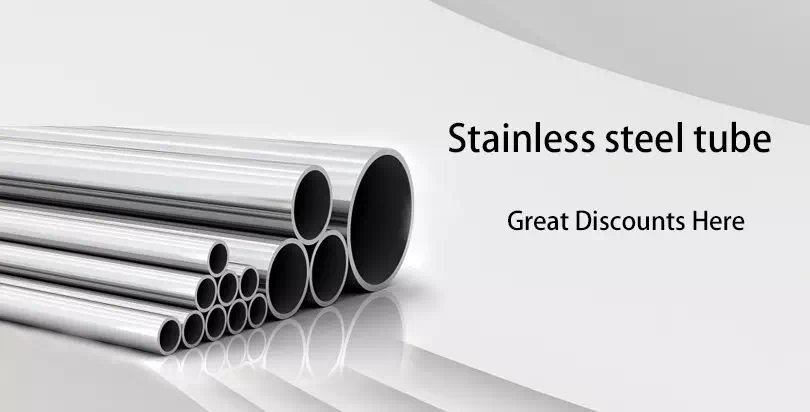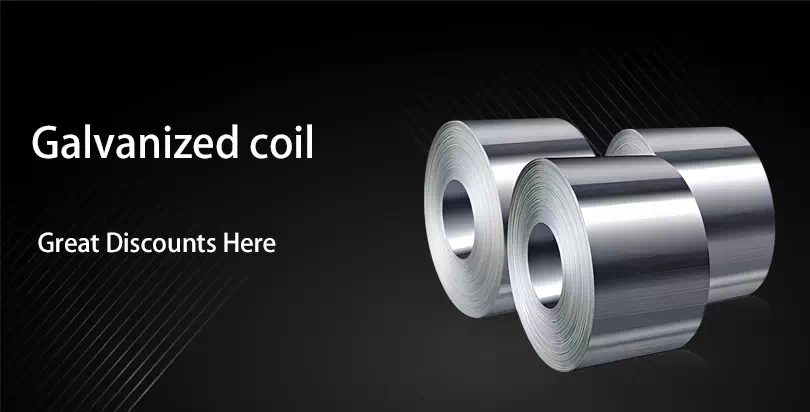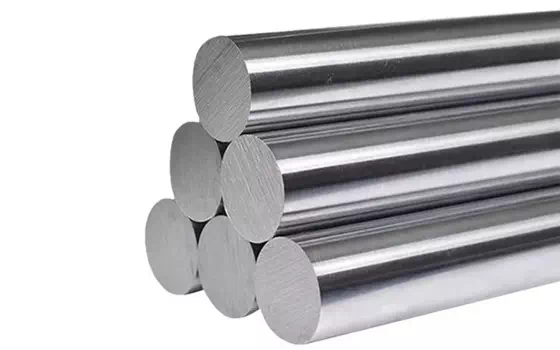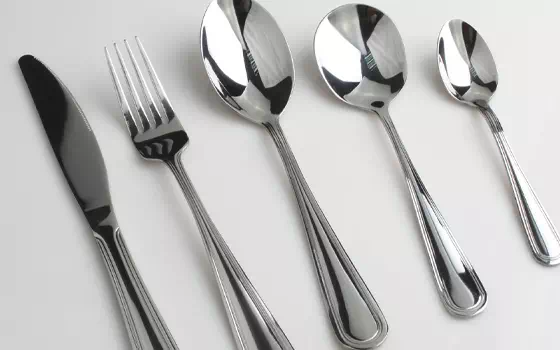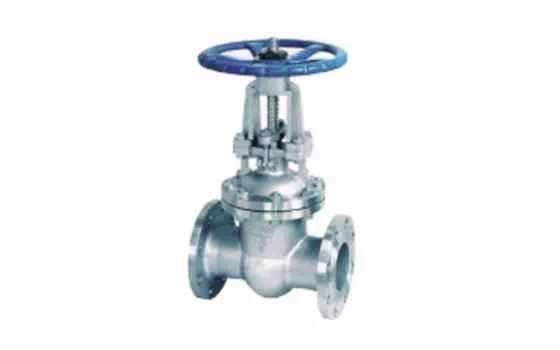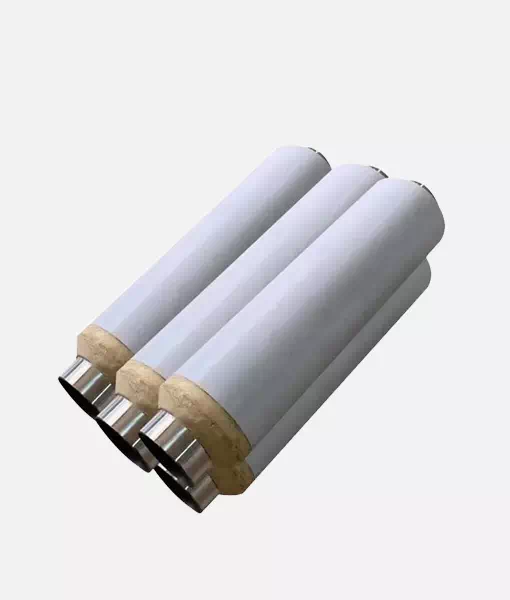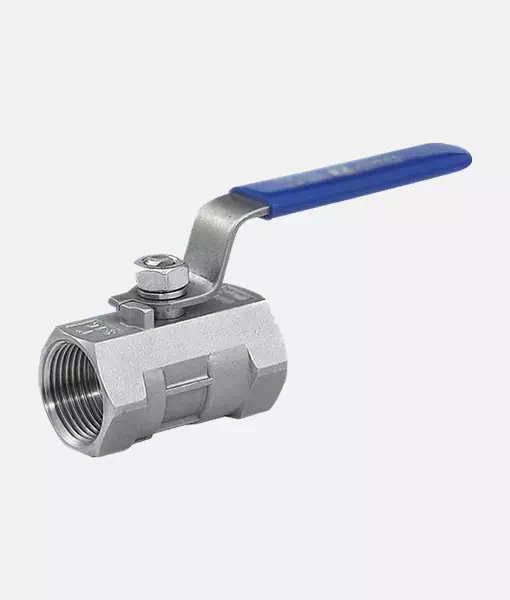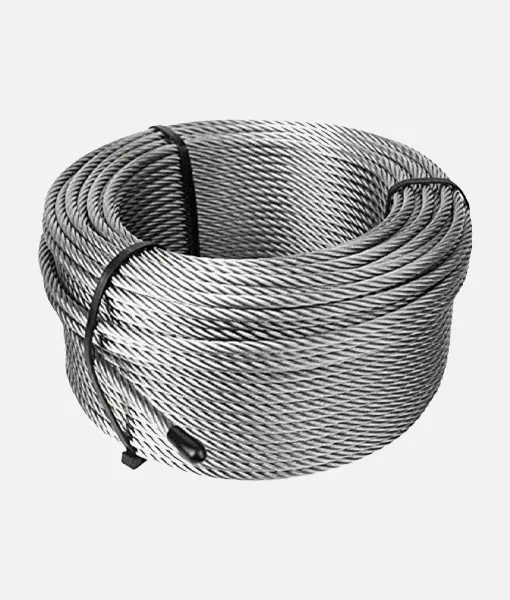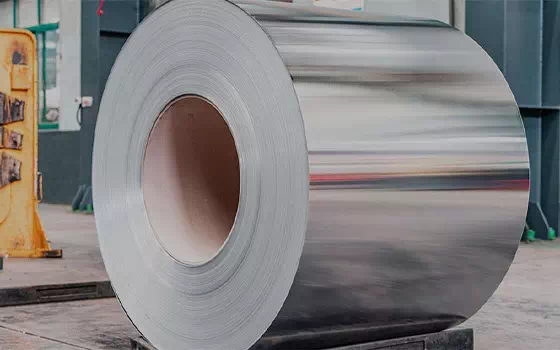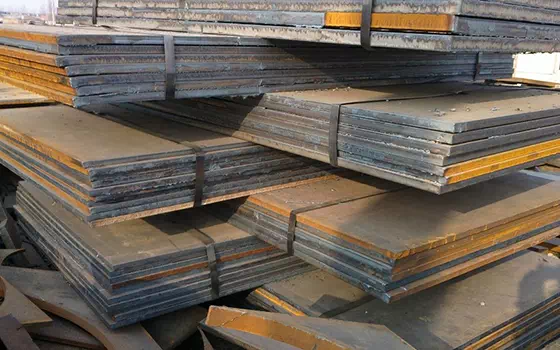439 stainless steel, which is a special and unique type of stainless steel, its special chemical composition and element composition make it widely used in many fields.
439 stainless steel, which is a special and unique type of stainless steel, its special chemical composition and element composition make it widely used in many fields. This type of stainless steel is improved by adding titanium (Ti) and niobium (Nb) elements, as well as reducing the carbon content to improve its machining performance and welding main corrosion resistance. The following is a detailed analysis of the main chemical components of 439 stainless steel:
First of all, let's look at carbon (C) : in 439 stainless steel, the carbon content is strictly controlled at a very low level, ≤0.030%, this low carbon content helps to improve the welding performance, making this stainless steel more stable and reliable in the welding process.
Next is silicon (Si) : although the content of silicon is low, ≤0.75%, it plays a key role in maintaining the processability of 439 stainless steel.
The contents of manganese (Mn) and phosphorus (P) and sulfur (S) are also controlled at lower levels, ≤1.00% and ≤0.040%, which can ensure the purity of the material and avoid the influence of impurities.
The content of chromium (Cr) is between 16.00% and 19.00%, which is the key to providing corrosion resistance. The presence of chromium prevents the steel from rusting and maintains its long service life.
The content of nickel (Ni) is sufficient, ≥0.60%, which helps to improve the welding performance, so that 439 stainless steel can better combine with other metals during the welding process.
The content of molybdenum (Mo) and nitrogen (N) is not provided, but they are also important factors affecting the properties of steel.
In addition, 439 stainless steel also contains a certain amount of titanium or niobium, the range is 0.10~1.00%, the presence of these elements is the key to improve welding performance.
In terms of physical properties, the density of 439 stainless steel is 7.7 kg/dm³, and physical properties such as melting point, specific heat capacity, thermal conductivity, resistivity, longitudinal elastic modulus and magnetism are also detailed data.
In terms of mechanical properties, the delivery status of 439 stainless steel is solid solution treatment of bars and solid solution pickling of plates. Tensile strength (RM/MPa) is 365, elongation strength (Rp0.2/MPa) is 175, elongation (A/%) is 22, section shrinkage (Z/%) is not provided.
In terms of heat treatment, hardness annealing hardness (HBW) ≤183, hardness (HRB) ≤88, heating temperature is 780~950℃, heating method is air cooling or slow cooling.
Finally, let's look at the application analysis of 439 stainless steel. Because of its weldability and corrosion resistance, 439 stainless steel is often used in the manufacture of warm sinks to ensure water hygiene and durability. It is also commonly used in the manufacture of hot water supplies and sanitary utensils such as kitchen sinks and utensils. In terms of durable machines for home use, 439 stainless steel can also be used to manufacture appliances and machines due to its processability and weldability. In these applications, 439 stainless steel offers durability and performance to meet the needs of everyday life and industry. The addition of titanium and niobium, as well as the reduced carbon content, ensure excellent corrosion resistance of the main welding properties.


